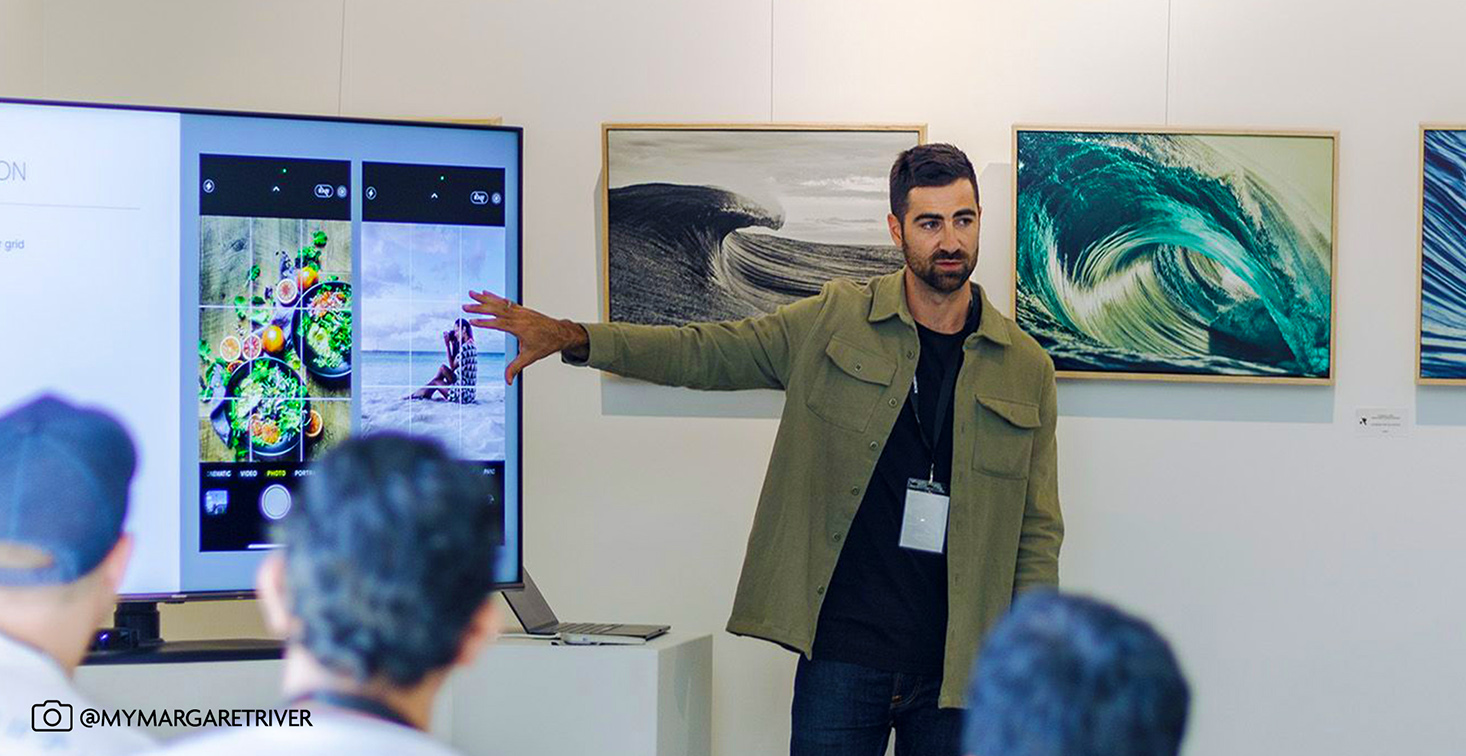Ten years of video production with Trilogy’s Ryan Vergone

Ten years ago, Ryan Vergone was a Jumpstart graduate trying to break into the industry. Trilogy recognised his quick mind and willingness to learn, to contribute and give anything a go. Still with Trilogy, Ryan is now their highly respected Digital Creative Director.
He has taken the opportunity to reflect on a decade in advertising production:
I often get asked about the big changes I’ve witnessed from a video production point of view. Change, as they say, is inevitable and in my view, immensely beneficial. Let’s dive in.
Firstly, technology has been a game-changer. Ad land has always been at the forefront of tech adoption and for me personally, the most impactful advancement has been the exponential growth of smartphone capabilities. Back in 2014, when I started in this industry around the launch of the iPhone 5, suggesting shooting a commercial on a smartphone would have been laughed at. Today, however, it’s standard practice.
Modern smartphones can now 3D map objects and environments, effectively replacing expensive cameras, lighting setups, and big crews. They stabilize footage without gimbals, shoot RAW 4K with built-in colour correction, and adjust exposure automatically. Until recently, their weak spot was sound quality, but even that has been addressed by AI, turning tinny recordings into studio-grade audio.
(Note that there remains significant territory for premium quality, large-scale production services and specialists and Perth has some of the best!).
Speaking of AI, its impact on video production cannot be overstated. From automatic audio enhancement to intuitive editing tools like motion design and smart masking, AI has revolutionized how we create and edit videos. I’m not just talking about generating prompt content but enhancing creative capabilities across the board with an ever-expanding toolbox.
The most profound shift over the past decade hasn’t been in how content is produced or even how it’s consumed but rather in who is creating it. We’ve moved from studios exclusively producing high-quality content to a user- generated content (UGC) revolution driven by smartphones. This shift has not only democratized content creation but also improved engagement through authentic organic storytelling.
Looking ahead, I see a fusion of higher-quality production and the authenticity of UGC. This blend will emerge as we learn to harness the full potential of smartphones (no matter how many cameras they have) and better adapt AI in videography, enabling us to craft compelling narratives that resonate in our fast- paced digital age.
To wrap up, while technology and audience behaviour has transformed video production, the core principles of quality, storytelling and creative ideation are increasingly important for brand differentiation. The future promises further evolution, and our role is to embrace, learn, and adapt to these ongoing shifts and opportunities.

2 Comments
A gentleman and a scholar. Huge congratulations on 10 years, Ry!
The ninja step man!